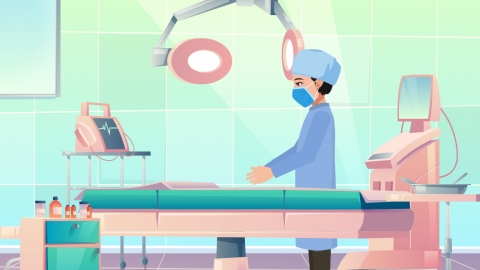The hemangioma has regrown after laser treatment.
After laser treatment for hemangioma, if it recurs, management options include a second round of laser therapy, local drug injection, surgical excision, cryotherapy, or combined treatments. The appropriate approach should be selected based on an assessment of the recurrent lesion’s size, location, and depth. If the recurrent hemangioma grows rapidly, ulcerates, or bleeds, prompt medical attention is recommended.
1. Repeat Laser Therapy: For small, superficial hemangiomas that recur, adjusting laser parameters (such as energy and wavelength) can enhance destruction of abnormal blood vessels and reduce the likelihood of recurrence. Post-treatment care is essential to prevent infection.
2. Local Drug Injection: If laser therapy proves ineffective, sclerosing agents or anti-angiogenic drugs can be injected directly into the recurrent lesion to inhibit vascular proliferation and shrink the tumor. This method is suitable for medium-sized or deeper recurrent hemangiomas.

3. Surgical Excision: For large, functionally disruptive, or repeatedly recurring hemangiomas, complete surgical removal effectively eliminates the lesion and reduces the risk of further recurrence. Postoperative monitoring of wound healing is important to minimize scar formation.
4. Cryotherapy: For small, superficial recurrent hemangiomas, cryotherapy uses extreme cold to induce necrosis and shedding of the affected tissue. It is simple to perform and suitable for patients who cannot tolerate laser or injection therapies. Care must be taken to limit the treatment area and protect surrounding healthy tissue.
5. Combined Therapy: When monotherapy yields limited results, combination approaches—such as laser with drug injections or surgery followed by adjuvant laser treatment—can provide synergistic effects, improve outcomes, and lower recurrence rates. Treatment plans should be individualized based on patient-specific factors.
In daily life, avoid friction or pressure on the recurrent site, keep the area clean and dry, monitor changes in the lesion regularly, record its size and appearance, and wear loose, soft clothing to minimize irritation and support disease stability.






